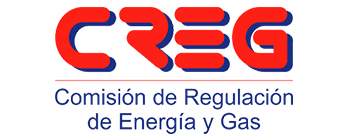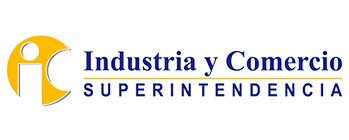
As mentioned, companies do not represent these accounts on the balance sheet. However, they will still appear on the notes to the financial statements with necessary disclosures. The accumulated depreciation account plays a vital role in representing the accurate value of an asset in the financial statements. For example, if an account has a debit balance, a contra account will have a credit balance.

Recording Contra Assets
Let’s go over how they work and what the main types are, and then finish with an example. For example, if you have $50,000 in accounts receivable and you estimate that $2,000 won’t be paid, the allowance for doubtful accounts would show -$2,000. A business called Show-Fleur offers private driving tours of local botanical gardens — all from the comfort of Accounting for Technology Companies high-end limousines. For its day-to-day operations, the business maintains a fleet of 75 identical 2016 Ford Explorer limousines, each initially retailing at $150 thousand. However, these vehicles have experienced significant wear and tear in the intervening years.

Tools and Resources for Contra Account Management
They are linked with specific asset accounts and reduce their balance, thereby reflecting the net value of the assets. A typical example is discounts on bonds payable, which reflects any reduction in bond obligations due to early payment options or market fluctuations. These adjustments provide clearer insights into your company’s true financial obligations. Another instance includes treasury stock, representing shares repurchased by the company and effectively reducing outstanding equity claims while impacting overall liabilities indirectly. Contra accounts exist when the account reported on the balance sheet needs to be reduced by a different account to show its true value. For example, GAAP accounting (or generally accepted accounting principles) requires fixed assets to be reported at cost on the balance sheet, but, over time, that value depreciates as the assets are used.
- Discount on notes payable is a contra liability account that is used to offset the balance of the notes payable account.
- They adjust account balances without erasing the original transaction data.
- Both depreciation and bad debts require systematic and rational estimation methods to appropriately adjust the asset values.
- Accounts receivable is rarely reported on the balance sheet at its net amount.
- They play a critical role in helping businesses and analysts understand the true financial position of a company.
- Contra accounts are an essential part of accounting that are often misunderstood or overlooked.
Examples of Contra Accounts
Contra accounts are listed in the same section as the related account but recorded separately. GAAP (Generally Accepted Accounting Principles) and IFRS (International Financial Reporting Standards) require financial accuracy. Contra accounts help businesses correctly report asset values, liabilities, and revenue adjustments. Failure to track these adjustments can lead to compliance issues, contra asset account regulatory penalties, and credibility loss. A contra asset is used to offset or reduce the balance of the corresponding asset account in the balance sheet.
Allowance for receivables is an account that companies maintain to record possible bad debts. However, there are some prevalent contra-asset accounts that may exist for all companies. Of that amount, it is estimated that 1% of that amount will become bad debt at some point in the future. This means that the $85,000 balance is overstated compared to its real value. At this point, it isn’t known which accounts will become uncollectible so the Accounts Receivable balance isn’t adjusted.
- This account is not classified as an asset since it does not represent a long-term value.
- Rather than lowering the equipment account directly, a contra account called “Accumulated Depreciation” is used to show the reduction, keeping the original cost intact for reporting purposes.
- Choosing the right account ensures your financial statements reflect accurate values.
- Contra accounts and transactions play a vital role in accounting by offsetting the balances of related accounts to provide a more accurate representation of financial transactions.
- Contra accounts are an essential component of the accounting process, designed to reflect the true value of assets, liabilities, equity, or revenue of a business.

You use these accounts to adjust debt and show the true amount your business owes. Instead of lowering the main liability account, you record the reduction separately. Every contra asset account on a company’s accounting records will also have a pairing account.

India’s choice for business brilliance
A contra asset is a negative asset account that offsets the asset account with which it is paired. The purpose of a contra asset account is to store a reserve that reduces the balance in the paired account. By stating this information separately in a contra asset account, a user of financial information can see the extent to which a paired asset should be reduced. A liability that is recorded as a debit balance is used to decrease the balance of a liability. It is not classified as a retained earnings liability since it does not represent a future obligation. Suppose a company estimates that 5% of its $200,000 accounts receivable balance is uncollectible.









